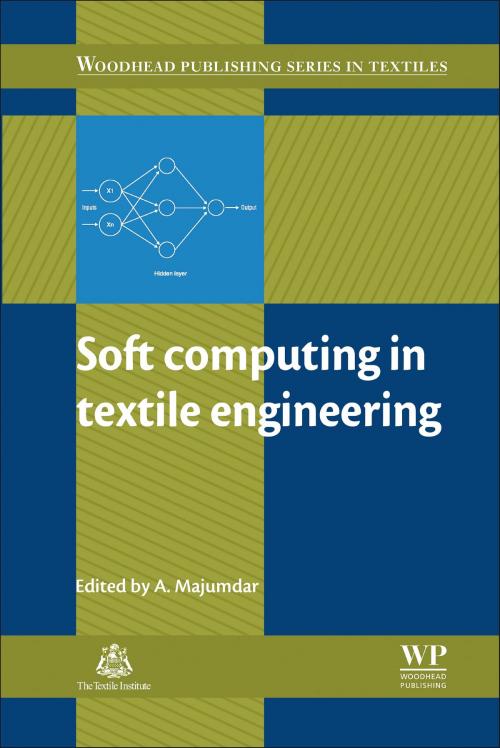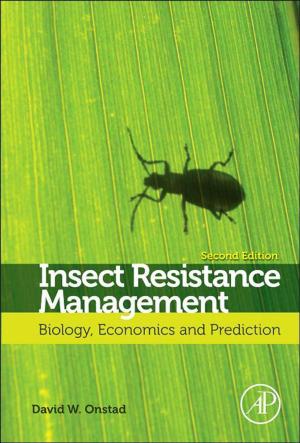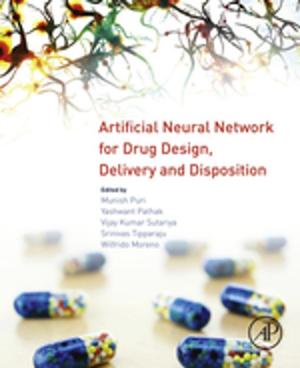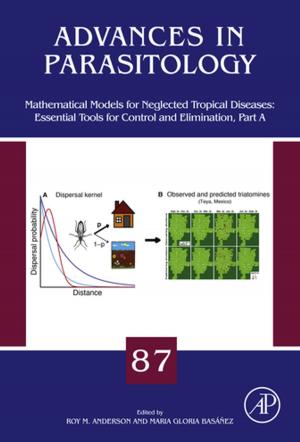Soft Computing in Textile Engineering
Nonfiction, Science & Nature, Technology, Textiles & Polymers, Computers, Application Software, CAD/CAM, General Computing| Author: | ISBN: | 9780857090812 | |
| Publisher: | Elsevier Science | Publication: | November 29, 2010 |
| Imprint: | Woodhead Publishing | Language: | English |
| Author: | |
| ISBN: | 9780857090812 |
| Publisher: | Elsevier Science |
| Publication: | November 29, 2010 |
| Imprint: | Woodhead Publishing |
| Language: | English |
Soft computing refers to a collection of computational techniques which study, model and analyse complex phenomena. As many textile engineering problems are inherently complex in nature, soft computing techniques have often provided optimum solutions to these cases. Although soft computing has several facets, it mainly revolves around three techniques; artificial neural networks, fuzzy logic and genetic algorithms. The book is divided into five parts, covering the entire process of textile production, from fibre manufacture to garment engineering. These include soft computing techniques in yarn manufacture and modelling, fabric and garment manufacture, textile properties and applications and textile quality evaluation.
- Covers the entire process of textile production, from fibre manufacture to garment engineering including artificial neural networks, fuzzy logic and genetic algorithms
- Examines soft computing techniques in yarn manufacture and modelling, fabric and garment manufacture
- Specifically reviews soft computing in relation to textile properties and applications featuring garment modelling and sewing machines
Soft computing refers to a collection of computational techniques which study, model and analyse complex phenomena. As many textile engineering problems are inherently complex in nature, soft computing techniques have often provided optimum solutions to these cases. Although soft computing has several facets, it mainly revolves around three techniques; artificial neural networks, fuzzy logic and genetic algorithms. The book is divided into five parts, covering the entire process of textile production, from fibre manufacture to garment engineering. These include soft computing techniques in yarn manufacture and modelling, fabric and garment manufacture, textile properties and applications and textile quality evaluation.
- Covers the entire process of textile production, from fibre manufacture to garment engineering including artificial neural networks, fuzzy logic and genetic algorithms
- Examines soft computing techniques in yarn manufacture and modelling, fabric and garment manufacture
- Specifically reviews soft computing in relation to textile properties and applications featuring garment modelling and sewing machines















